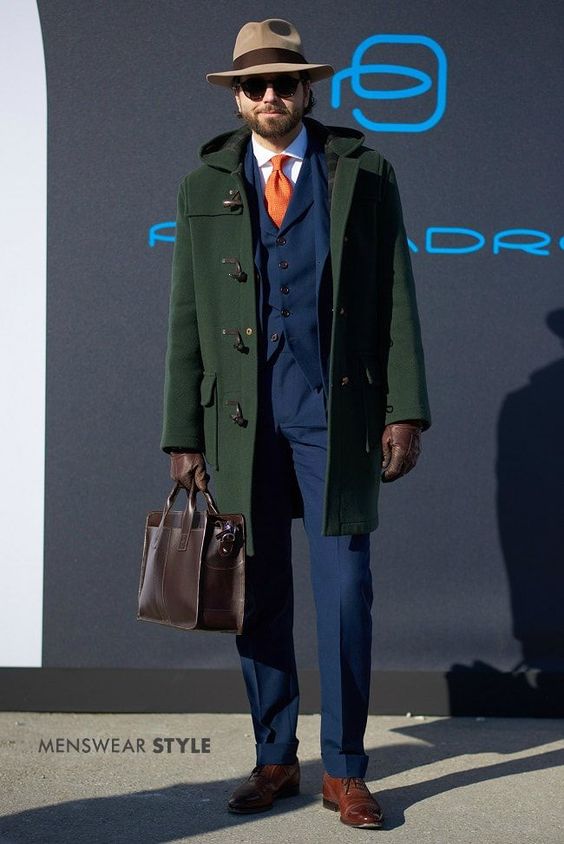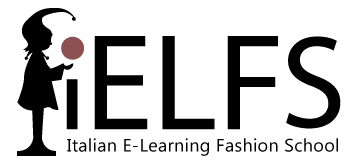5. The short coat
Short coats come in two basic styles - double breasted peacoats and car coats.
The first came to us from the Navy, while the latter became popular in the era of automobile development, so this coat is much more convenient while driving. A double-breasted short coat made of a heavy fabric is suitable for men with any body shape, but, of course, a good fit is essential.
Typically, such a coat has large buttons, which allows the silhouette to be streamlined without a sense of constriction and discomfort.
Always leave the bottom button open, as this will prevent you from looking too bulky. A car coat can be double-breasted or single-breasted, and nowadays such a coat made in retro style looks especially fashionable. In both cases, the length is too short to wear such a coat over the suit. However, this kind of coat goes well with wide trousers.
